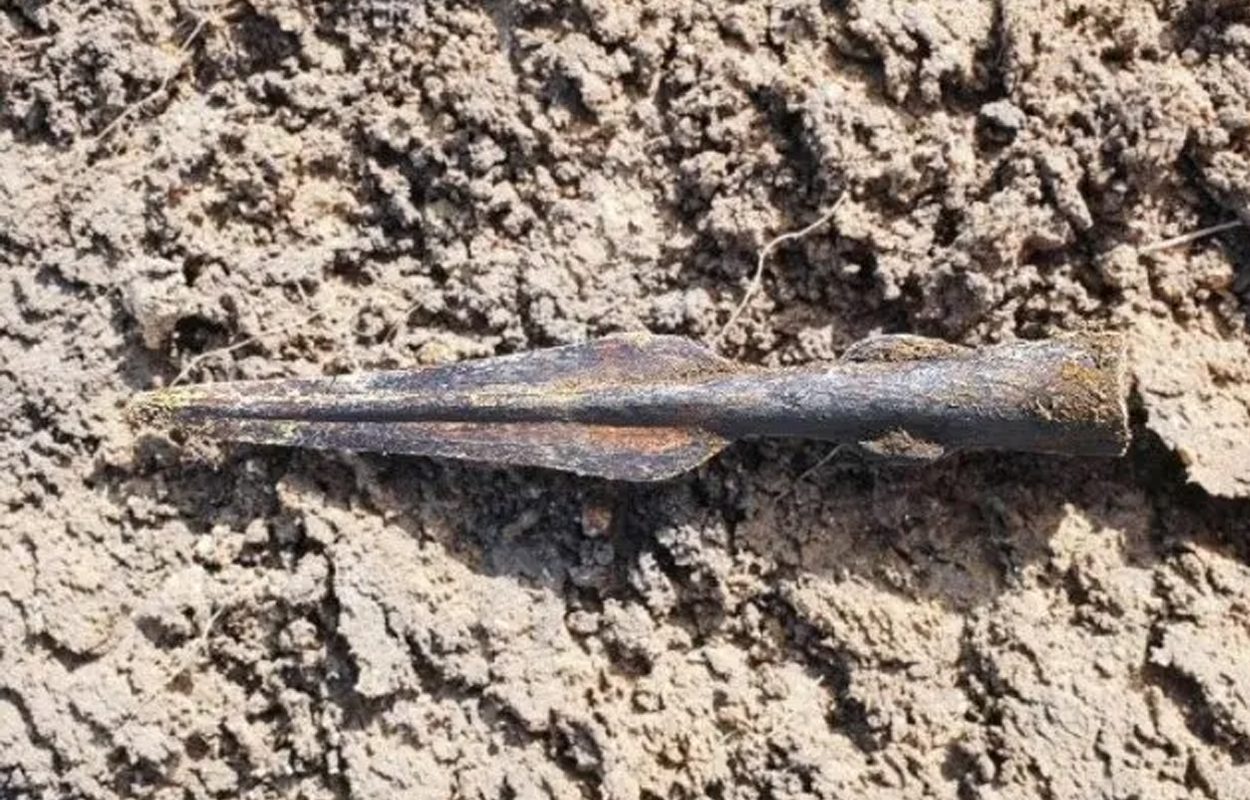Students and faculty alike congregated in the Robert Emmet Theatre on October 5th for an opportunity to step into the shoes of prehistoric peoples in a talk titled, “Sticks and Stones: Experimental Archaeology and Palaeolithic Spear Throwers” by Angelo Robledo, put on by the DU Archaeological Society (ArchSoc).
Robledo is a Master’s student in experimental archaeology at University College Dublin, a board member of the World Atlatl Association and a former guest on the podcast Ologies with Allie Ward.
He invited the attendees to learn about the field of experimental archaeology, a subfield of archaeology which recreates, experiments with and interprets historical artefacts in order to ascertain parts of the historical experience which are left invisible by conventional archaeological methods.
Robledo particularly emphasised the field’s role in showcasing how living in the past felt, referring to it as “experiential archaeology”. The core of the discipline was promoting the “better understanding of people and their material culture in the past”, he explained.
Robledo’s focus was on spear throwers (also known in some cultures as atlatls), a palaeolithic weapon that Robledo described as one of humanity’s first simple machines. A lever is used to propel a spear (or, more accurately, a dart) hundreds of metres, much farther than a hand-thrown spear. Forms of the spear thrower have been found by archaeologists dating back almost 20,000 years.
The hour-long interactive presentation included passing around recreations of the artefacts in question. Attendees were able to feel and compare the wooden darts used in the historical weapon, which measured up to two metres in length, and various forms of the levers, which ranged from a simplistic design to intricately carved.
The spear throwers were used by cultures from Aboriginal Australia to the Yukon for thousands of years, in some cases less than 2,000 years ago. Robledo is part of a growing movement of academics and enthusiasts who study these weapons as a method of researching the people who used them.
Through methods like these, experimental archaeologists, like Robledo, can “[answer] questions that field archaeologists would never be able to answer”.
Robledo, who has been “making and throwing atlatls for thirteen years”, uses them as an example of better understanding the practices of past societies, whether that was hunting, ritual, sports, or games, and how these practices compared across different cultures.
While introducing the talk, ArchSoc Chairperson Cora Hermann-Wickham referred to it as “the first in-person guest lecture since [she] was in first year”. She hoped that Robledo’s lecture “would be a good opportunity for people in the Archaeology and Classics departments to get something other than classical archaeology under their belt”.






